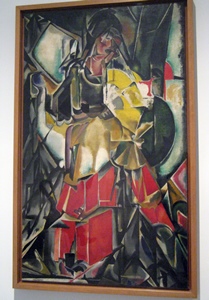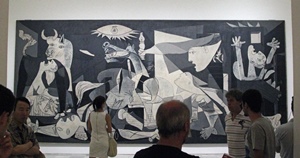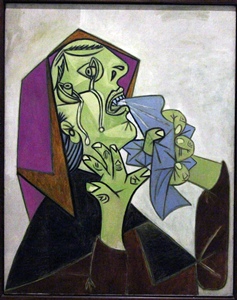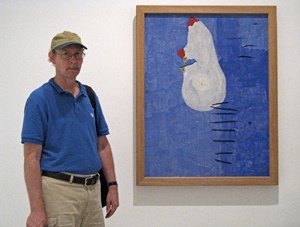
Bob and Painting, Joan Miró (1927) Med Lrg |

Nella with Indestructible Object, Man Ray (1957) Med Lrg Xlg |

Dance of the Ties, Francisco Bores (1927) Med Lrg |
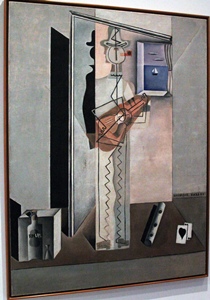
Pierrot Playing the Guitar, Salvador Dalí (1925) Med Lrg Xlg |
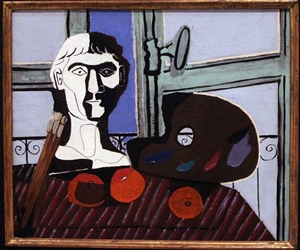
Bust and Palette, Pablo Picasso (1925) Med Lrg |
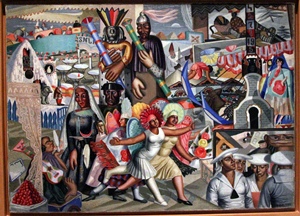
Street Festival, Maruja Mallo (1927) Med Lrg Xlg |

Pink Bells, Tattered Skies, René Magritte (1930) Med Lrg |
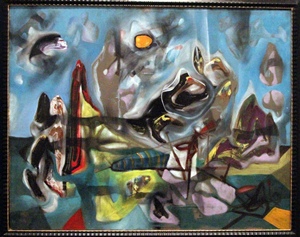
Psychological Morphology, Roberto Matta (1939) Med Lrg |

Guanche Cave, Óscar Domínguez (1935) Med Lrg |
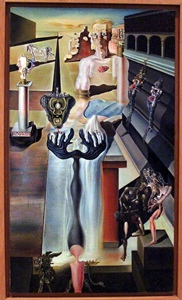
The Invisible Man, Salvador Dalí (1929-32) Med Lrg |
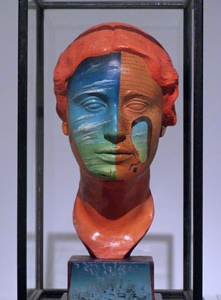
Portrait of Joella, Salvador Dalí and Man Ray (1933-34) Med Lrg |

The Endless Enigma, Salvador Dalí (1938) Med Lrg Xlg |
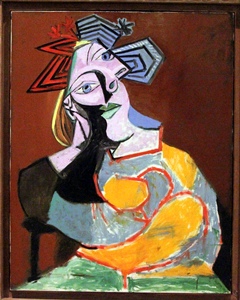
Seated Woman Resting on Elbows, Pablo Picasso (1939) Med Lrg |
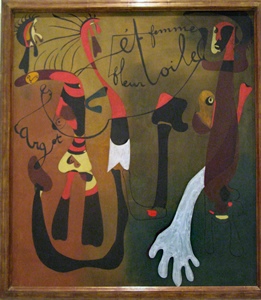
Painting (Snail, Woman, Flower, Star), Joan Miró (1934) Med Lrg |

Woman in Garden, Pablo Picasso (1930-32) Med Lrg |
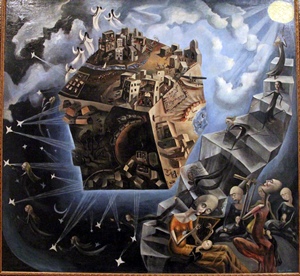
A World, Ángeles Santos Torroella (1929) Med Lrg Xlg |

Girl at the Window, Salvador Dalí (1925) Med Lrg |

House with Palm Tree, Joan Miró (1918) Med Lrg |

Les Oiseaux Morts (Dead Birds), Pablo Picasso (1912) Med Lrg Xlg |
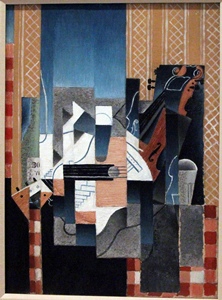
Violin and Guitar, Juan Gris (1913) Med Lrg |
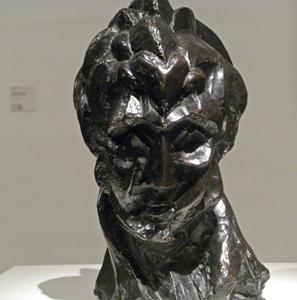
Woman's Head (Fernande), Pablo Picasso (1909) Med Lrg |
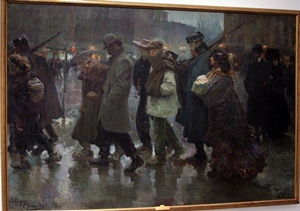
Cuerda de Presos (Line of Prisoners), Jose Maria Lopez Mezquita Med Lrg Xlg |
Undoubtedly the most well-known painting in the museum is Picasso’s Guernica, considered by many to be the most powerful anti-war statement ever committed to canvas and Picasso’s masterpiece. It’s based on an episode from the Spanish Civil War in which the strategically-located Basque town of Guernica was subjected to aerial bombing by the German Condor Legion in response to a request by the commander of the Spanish Nationalist forces, Francisco Franco. Occurring on April 26, 1937, this was an opportunity for the German forces to practice a tactic to which they would return in later years, that of bombing civilian populations into submission. In this case the tactic worked, with great destruction and loss of life. At the time Picasso heard about the attack, he was working on a mural for the Paris International Exposition, and the news caused him to immediately discard what he was doing and start over.
After the Exposition the painting travelled the world, eventually ending up in the care of the New York Museum of Modern Art at Picasso’s request. After Picasso’s death in 1973 and Franco’s in 1975, pressure arose to return the painting to Spain, and it finally went back in 1981. It was exhibited in the Prado Museum for a time (as requested in Picasso’s will) but was moved to the Reina Sofía when it opened its permanent collection in 1992, as the new museum was thematically more appropriate. Rules for photographing the painting are on the strange side – it’s fine to take photos of all the other works in the museum, but taking a picture of Guernica is forbidden. Unless you take the picture from the next room, through the doorway – they don’t seem to mind that. The problem is that people are likely to be in the way.
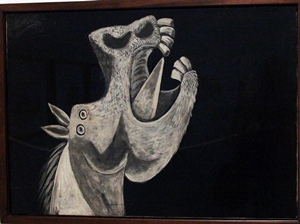
Study for Horse Head (for "Guernica"), Pablo Picasso (1937) Med Lrg |

Studies for "Guernica", Pablo Picasso (1937) Med Lrg Xlg |
The building housing the museum dates back to the 18th Century, when it was founded as a hospital by King Carlos III, replacing a 16th Century hospital founded by Philip II. Glass towers were added to its front in 1989.
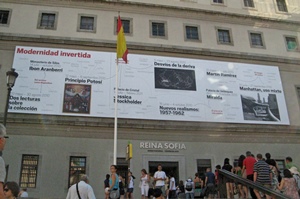
Front of Museum Med Lrg |
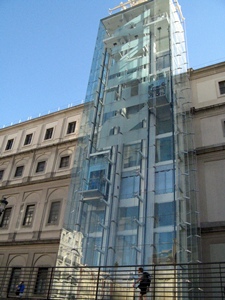
Glass Elevator Shaft Med Lrg |
From the Reina Sofía we got back on the Metro and returned to the hotel to rest up for the next day’s exertions, which were to include a visit to the Prado and whatever else would occur to us as being a good idea.
